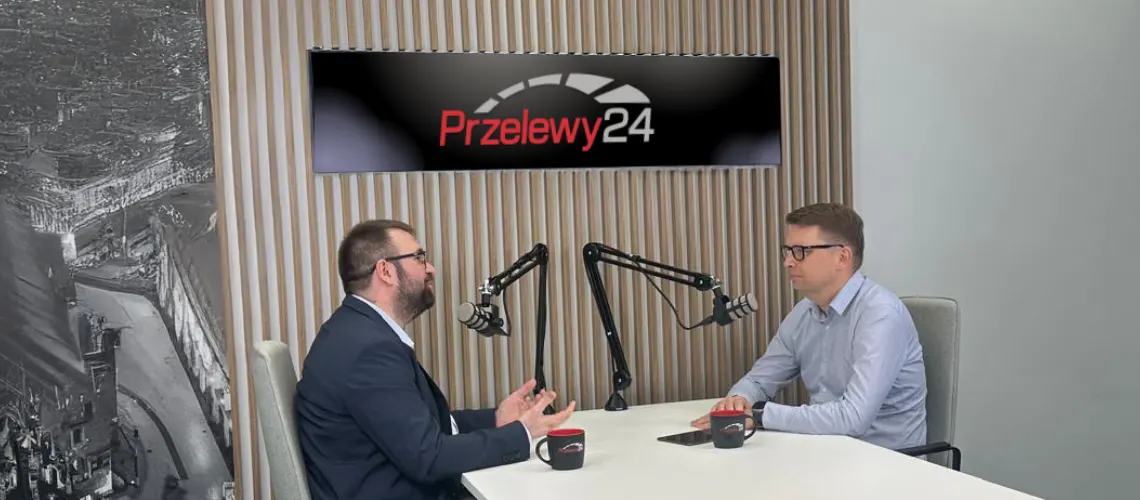Running a business, you know well that business decisions based solely on intuition can be unreliable. It is much safer to rely on hard data. In e-commerce, the proper use of customer information will increase sales and build better relationships with buyers. RFM analysis is a tool that helps with this. Learn why and how to conduct it, and how to use the results.
What is RFM analysis?
As an entrepreneur, you probably roll your eyes at the sound of words like: tables, data, statistics, numbers. However, RFM analysis is a tool that can make running your business easier and bring tangible benefits. It is also quite easy to carry out, and the results are intuitive and clear – they allow you to easily understand which customers are loyal and which may require additional incentives to return to your store.
Let's start with the fact that RFM analysis is a method of segmenting customer databases to determine their value to the company. Three indicators are used for this:
- Recency — recent purchase activity,
- Frequency — purchase frequency,
- Monetary — purchase value.
By assigning a point value from 1 to 5 (or in a simplified version, from 1 to 3) to each indicator, you can assess which customers shop in your store regularly or whose basket value is above average, who make only occasional transactions, and who have lost interest in your offer over time.
Why conduct RFM analysis?
The benefits of conducting RFM analysis are truly impressive. They allow you not only to increase sales, but also to save time and marketing budget. This is due to the concentration of efforts on customers with the greatest purchasing potential and the elimination of less effective strategies. Areas in which RFM supports business include:
- offer personalization — you can tailor offers and communication to different types of customers. For those with high RFM, you can offer exclusive promotions and loyalty rewards, and for those with low RFM, special discounts to encourage them to return. This approach builds a positive customer experience, where the customer feels valued and personally encouraged to interact with the brand;
- increasing customer loyalty — knowing which customers are most loyal to the brand allows you to thank them by directing special offers to them. These customers will feel that the brand recognizes their value and rewards engagement, which in turn will motivate further purchases and strengthen the relationship with the company. The same goes for occasional customers. Regular engagement with appropriate communication increases the chance that they will shop in your e-store again;
- marketing optimization — to put it bluntly, RFM analysis will allow you to "not burn" your budget on customers who show no interest in the offer, and instead focus on those with the greatest purchasing potential. You can precisely target campaigns and tailor content and offers to specific customer groups, thus making better use of your advertising budget.
How to conduct RFM analysis step by step?
Implementing RFM analysis in e-commerce does not require complex tools or advanced analytical knowledge. You only need to organize customer data and apply a few simple rules:
- Recency – if the last purchase was made within the last week, assign 5 points. If it was last month — 4 points. For a purchase in the past two months, assign 3 points, for three to six months — 2 points, and if the customer has not bought for more than six months, they receive 1 point;
- Frequency – if a customer makes purchases very often, e.g., weekly or several times a month, assign 5 points. If they buy once a month — 4 points, once every few months — 3 points, occasionally — 2 points, and if they made only one transaction in the analyzed period — 1 point;
- Monetary — calculate the scale based on the average basket value in your store. For example, if the average purchase value is PLN 500, you can assign 5 points to customers who spent PLN 2000 or more, 4 points for the PLN 1000–2000 range, 3 points for PLN 500–1000, 2 points for PLN 100–500, and 1 point for those who spent less than PLN 100;
- sum the results — the higher the total number of points, the more attractive the customer is to your e-commerce;
- divide the customer base into segments and strategic groups — you can distinguish, for example, best customers, high potential customers, new customers, customers to be recovered, and occasional customers. Segmenting makes it easier to precisely tailor communication to different customer types.
1. collect customer data — data should relate to the date of the last purchase, the number of transactions made in a given period, and the total value of purchases in that period. On most e-commerce platforms (e.g., Shopify, WooCommerce, Magento), this information can be easily exported from the CRM system or store admin panel;
2. determine which period of data will be most reliable — in e-commerce, the last 6 or 12 months are usually considered, but it all depends on the specifics of your industry;
3. assign point values to the data — for each customer, assign point values on a scale from 1 to 5 (or 1 to 3), where 1 represents the least desirable customer behavior, and 5 the most desirable. Assign scores for each indicator, e.g.:
How to use RFM analysis results?
How to use RFM segmentation in e-commerce? For example, by applying the following actions:
- sending personalized push notifications and SMS messages — for example, notifications about new collections, exclusive offers, or limited products for the best customers, and notifications about promotions for products they previously viewed for occasional customers;
- email marketing tailored to individual customer segments — e.g., using cross-selling and up-selling techniques for customers who spent the most;
- increasing advertising focus on new customers;
- introducing loyalty programs and enabling access to special events after meeting certain conditions, e.g., reaching a specific number of purchases or amount spent.
RFM analysis results can also be combined with implementing appropriate payment methods, e.g.:
- if you want to remind occasional customers about your offer, it's worth sending them a personalized reminder about an abandoned cart or informing them about the possibility of using the Przelewy24 installment system, which will facilitate the purchase decision;
- new customers can be informed about a wide selection of payment methods, including BLIK or PayPo. Przelewy24 integrates these options, increasing the chances of finalizing the first purchase;
- the best customers may be interested in the Click to Pay method, which allows you to minimize the order finalization time.
<p
Przelewy24 offers payment methods tailored to your customers
RFM analysis in e-commerce. Summary
RFM analysis allows you to segment e-commerce customers based on their purchasing activity, transaction frequency, and spending value. Thanks to it, you can better tailor your marketing strategy, personalize offers, and manage your advertising budget more effectively. Implementing RFM analysis is simple and does not require advanced tools or analytical knowledge — just organize and describe the data.
RFM analysis results can be combined with appropriate payment methods to increase conversion and improve your customers' shopping experience.



